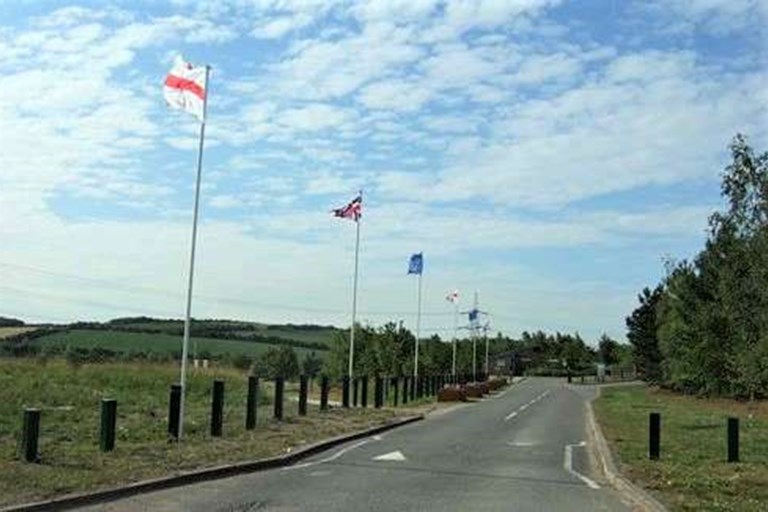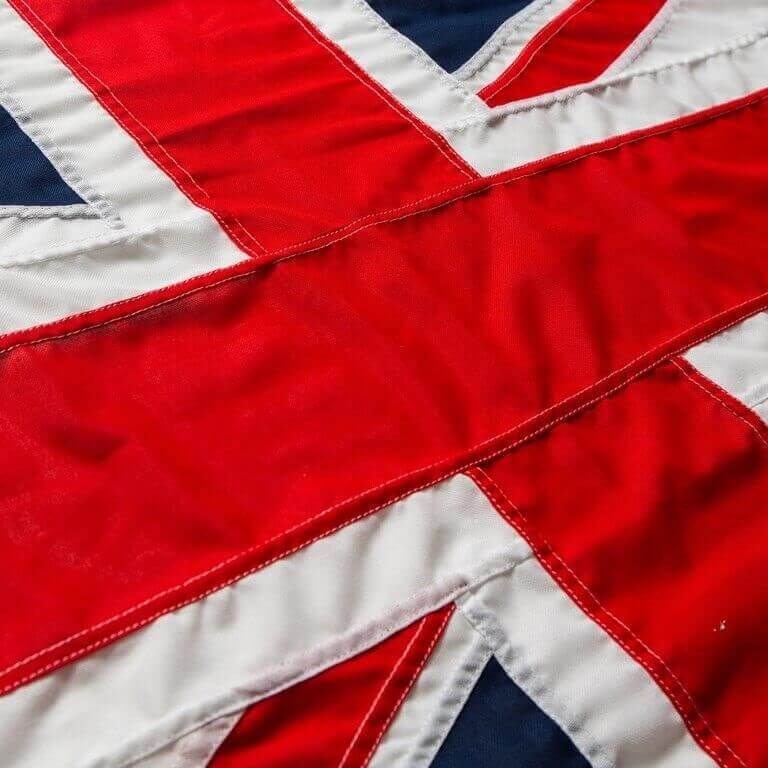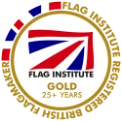There are a number of recurring symbols in flags which have different meanings. For example the Sun in a flag usually symbolises unity and energy; the Moon symbolises divinity (especially in Islam) and to distinguish it from the Sun; the Stars often represent energy when put on a background of the night sky; the Cross is an ancient symbol for the different points of the compass, although more recently has become a religious symbol; the Triangle represent the Holy Trinity (Father, Son, and the Holy Spirit) in Christianity; the Square usually depicts four even lengths and represents balance and equal opposites. There are also some other flags which use unique symbols, such as Canada’s maple leaf.
There is a great deal of mystery when it comes to flags, which is surprising as they occupy such a large part of our national identity. We often attribute a flag to our own identity, despite knowing much of the history of that flag, or even the field of study of flags themselves.
Here are 10 interesting facts about flags that we have compiled:
1. “Vexillologist”
A person who studies flags is called a Vexillologist. There are a number of notable vexillologists in our history, including Graham Bartram (Chief Vexillologist and Fellow of the Flag Institute), Grace Rogers Cooper, Prof. Scot Guenter, Louis Mühlemann, and many more.
2. When is a flag called a flag?
A “flag” is usually called as such when it is a piece of fabric (usually rectangular in shape) which features an emblem or design, and used as a signally device or decoration. In this context, flags can be very broad, such as national flags, corporate flags for businesses, local or county flags, religious flags (such as Diocesan flags), simple patterned flags, etc.
3. The first flags
It is thought that the first flags to be used were on the battlefield to help military co-ordination. It made sense to use something visual which could carry communications much quicker than sending messages by foot or by horseback. Flags were also used on ships on the waters to signal each other, often using elaborately-patterned flags to carry detailed messages. This practice is called “Semaphore”.
4. Provenance of “flag”
We get the word “flag” from the Saxon word “fflaken”, which means to fly or float in the air, or to flap in the wind.
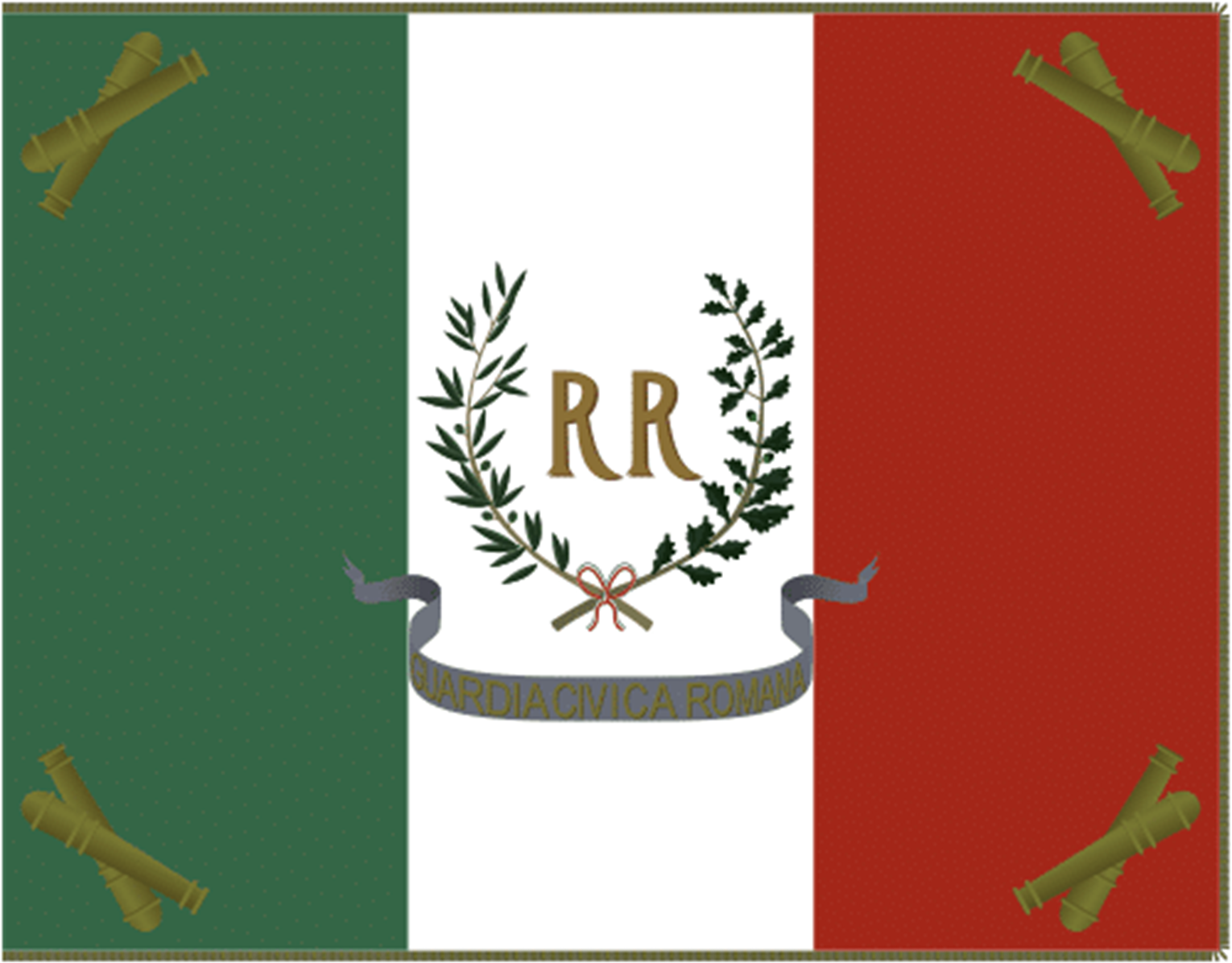
5. Flags change
Flag of the Empire of Brazil, 2nd version (c.1870 – 15 November 1889)[/caption]The flags of any country can be changed by it’s rulers, so naturally our planet has a long history of flag revisions and changes. Some of these changes happen quickly; for example one of Brazil’s flags only lasted for 4 days! In fact Brazil holds another honour, the most times a nation has changed its flag, with the record currently standing at 20 (including the current flag).
6. Similar flags
There are some national flags which are similar or identical to each other. For example, the flags of Romania and Chad are virtually identical. The flags of Ireland and Côte d’Ivoire are identical colour, however the stripes are reversed. The Polish flag is the same as the Indonesian flag if you reverse it, and the Netherlands and Luxembourg have the same order of colours in their tricolour flag, although the Dutch blue colour is darker.
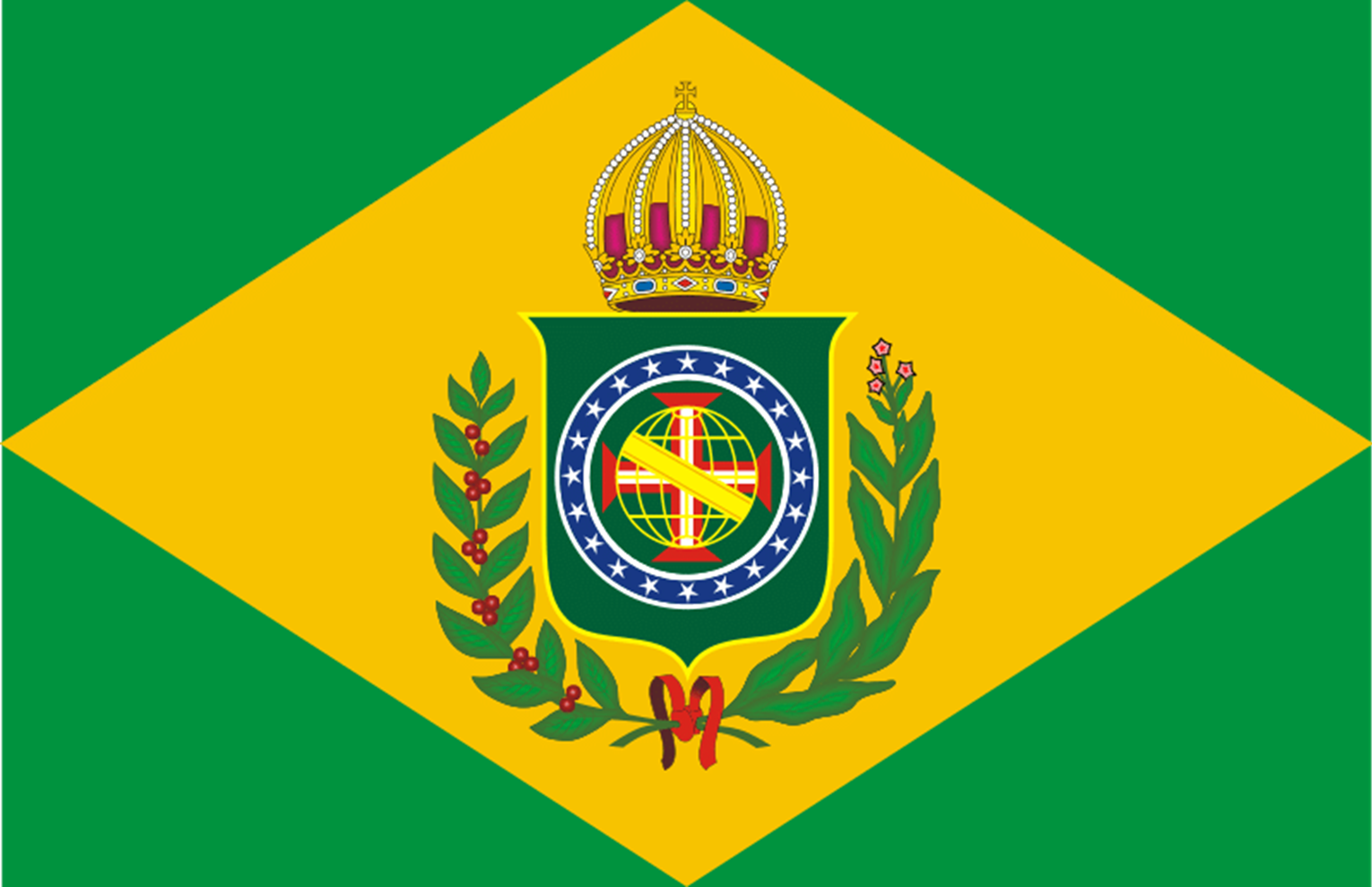
7. The United States flag
The United States flag has an interesting explanation. Each stripe on the flag is for each of the thirteen original colonies, while each star on the flag represents each state in the United States. Therefore the flag has changed in the past (and may again) with every new state that joins the Union.
8. Symbols in flags
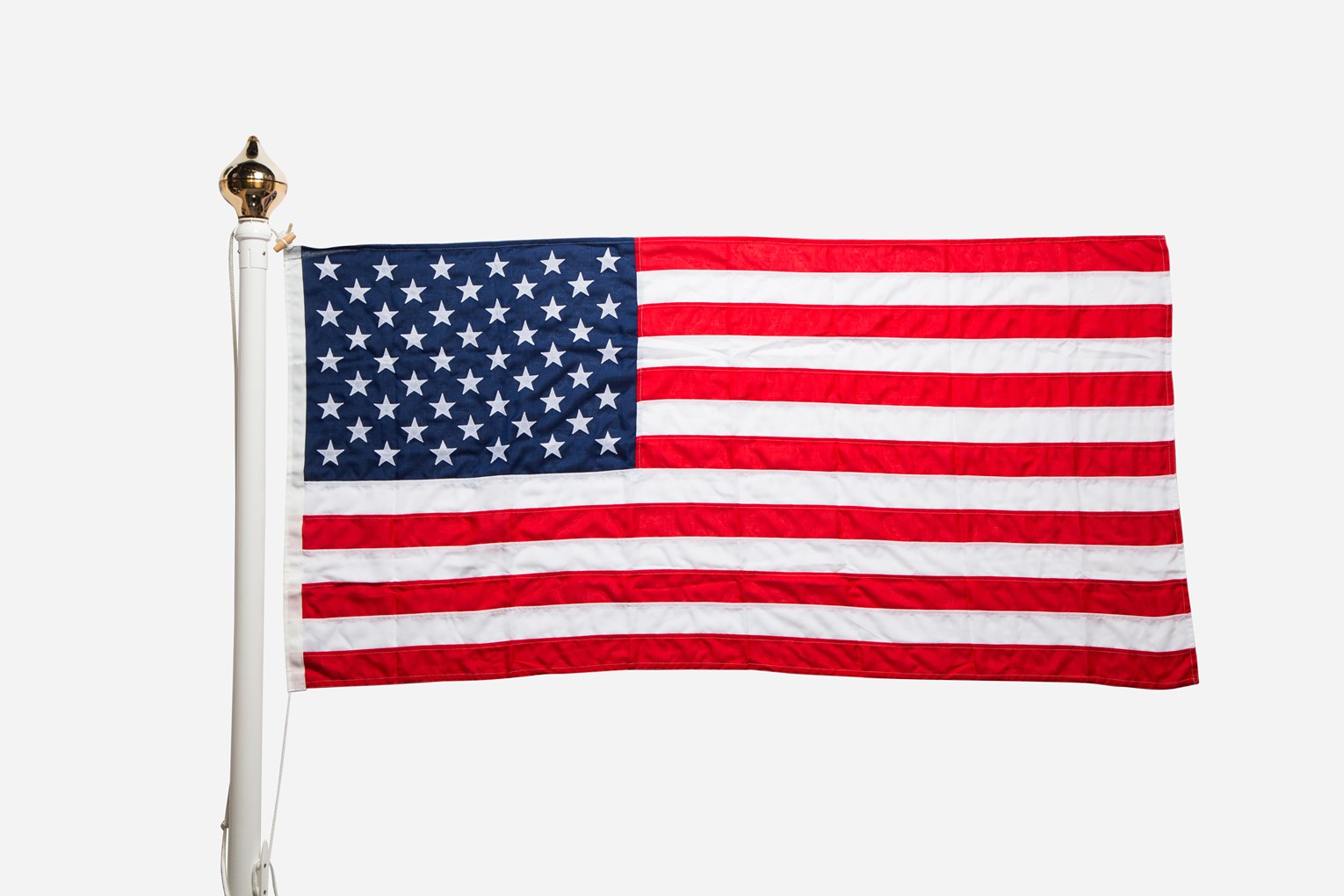
9. The Cyprus compromise
Cyprus’s flag is a white field with a yellow map of the island’s shape in the center, with two olive branches below. The flag was created under the Zurich and London Agreements, when Cyprus was proclaimed an independent state. The flag’s symbol was deliberately neutral in order to placate both Greek and Turkish communities, who had fought in sectarian violence in Cyprus between 1955 and 1964.
10. The UPCA
Honduras, El Salvador, Guatemala, Nicaragua and Costa Rica used to be united as the United Provinces of Central America, and shared a blue and white flag. Since their separation, each country has kept the blue and white influence in their flag, although with some minor changes. Costa Rica is the only flag to have introduced a new colour, namely a red band.

